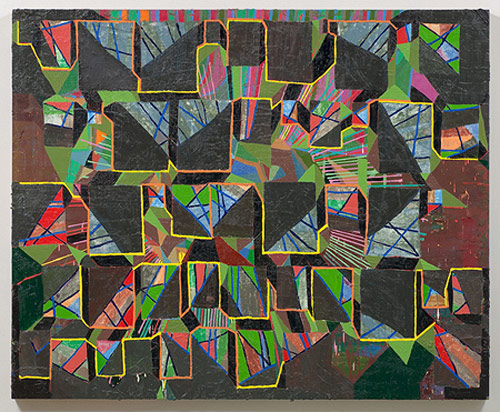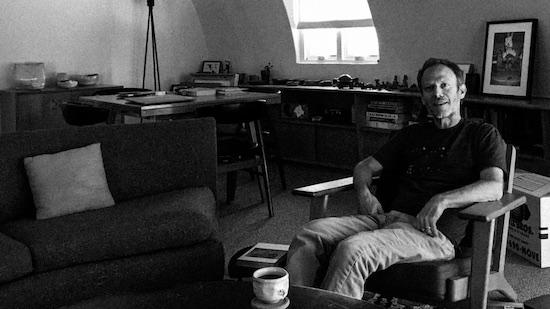INTRODUCTION
The art world mourns the loss of Steve Roden, a visionary artist who pushed the boundaries of creativity through his groundbreaking work in performance, film, painting, and sculpture. Roden’s family announced his passing on September 6, 2023, via his Instagram account, revealing that he had been battling Alzheimer’s disease since 2017. He passed away peacefully at his home in Los Angeles, with his wife Sari by his side.

A Multidisciplinary Visionary
Steve Roden was renowned for his ability to transform sound into a visual experience, a feat that distinguished him in the art world. Drawing inspiration from mid-20th-century avant-garde artists like John Cage, he embraced unconventional rules to dictate the manifestation of his art, blurring the lines between auditory and visual expression. His work often challenged conventional notions of art, inspiring audiences to explore the interconnectedness of sensory experiences.
The Influence of John Cage
One of Roden’s most intriguing connections was with John Cage’s iconic composition, “4’33”,” in which a musician creates no intentional sounds for the specified duration. Roden admitted to privately performing Cage’s score every day for an entire year, a proof to his dedication to exploring silence and its significance in artistic expression. This profound influence extended to his “system paintings,” colourful bursts created through predetermined instructions, inspired by the essence of “4’33”.”
Unconventional Artistic Processes
Roden’s art was marked by its structured yet flexible nature. He described his scores as “rigid in terms of their structure” yet riddled with openings for intuitive actions, mistakes, and unexpected creative turns. This approach allowed for a unique, unpredictable outcome with each artwork.

Evolution of “System Paintings”
Roden’s “system paintings” began as small creations in the late 1990s but steadily grew in size and complexity over time. One notable series drew inspiration from Walter Benjamin’s notebooks, despite Roden’s inability to read German. Fascinated by Benjamin’s visual notetaking style, he cataloged the various ways Benjamin crossed out mistakes, creating a lexicon of these unique forms to inform his artwork.
Translating Visual and Sonic Ideas Across Time and Space
Steve Roden’s art transcended traditional boundaries, as seen in his film project paying homage to Édouard-Léon Scott de Martinville’s “phonautograph” device. He used this historical inspiration to create a cameraless film, meticulously incising 16mm stock to reflect the notes of the original French folk song recorded by Scott.
Experimental Sound Art
Even Roden’s more traditional sound art installations were characterized by their experimental qualities. One of his 2014 pieces, featuring rumbling sounds and recordings of children’s glockenspiels, left a lasting impression on critics and audiences alike, providing a truly immersive listening experience.
A Journey from Punk to Art
Steve Roden’s journey into the world of sound and art began unexpectedly. Despite having little interest in music during his youth, he joined a punk band in high school, evolving from a “screamer” to an artist whose work defied categorization. He earned his BA from Otis/Parsons in Los Angeles and an MFA from the Art Center College of Design in Pasadena, solidifying his place in the LA art scene.
A Holistic Approach to Listening
Roden’s art was rooted in an expansive concept of listening that went beyond auditory perception, embracing other senses and sensory experiences. One of his early sound works, “Bird Forms,” exemplified this approach. Presented in the courtyard of Los Angeles’s Hammer Museum, it featured recordings of 1930s birdsongs manipulated through analog technologies. Roden’s most enthusiastic audience was not human but the birds themselves, who sang along with his recordings, illustrating the profound connection he had with the natural world.
Steve Roden’s passing is a profound loss to the art community, but his innovative and boundary-pushing work will continue to inspire and challenge artists to explore the limitless possibilities of artistic expression.
Feature Image: The Quietus | Features | Remember Them… | Remembering Steve Roden, By Lawrence English

Contributor





